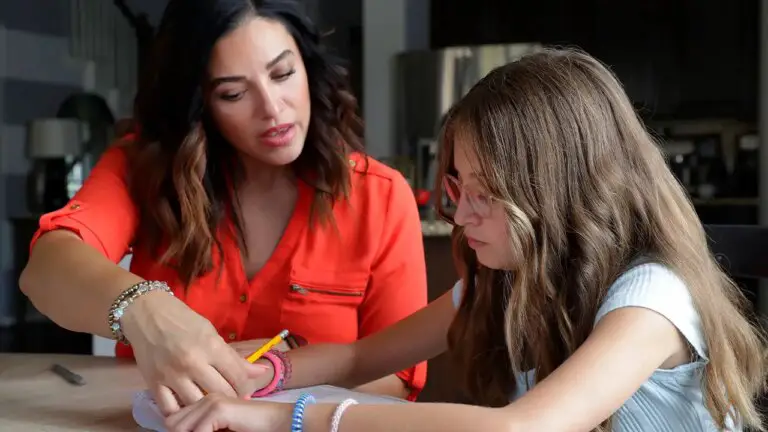Students Struggle to Recover Math Skills Lost During Pandemic
On a sunny morning in South Seattle, young students are engaged in math relays behind their elementary school. Racing to a table, they tackle multiplication problems before tagging their teammate and dashing back. This program, led by nonprofit School Connect WA, aims to help kids regain math and literacy skills they fell behind on during the pandemic. Around 25 students, trailing by one to three grades, are part of this initiative.
For an 11-year-old boy, even two-digit subtraction seemed challenging. But with his mother’s nightly help and the program’s support, he’s caught up and now finds math intriguing.
Dip in Math and Reading Scores Nationwide After COVID-19
The scenario isn’t as promising for all students. Across the nation, schools are grappling with students’ math struggles as post-pandemic test results expose the depth of learning gaps. On average, students are about half a school year behind in math, based on education analysts’ assessments. Although reading skills also suffered, math decline is particularly alarming. Experts point out that virtual learning complicated math teaching, hindering teachers’ ability to guide students on screens and spot problem-solving weaknesses. Additionally, parents focused more on reading than math at home.
This setback in math proficiency worsens racial and socioeconomic inequalities. Worries grow about students’ high school performance and future opportunities in science, technology, and medicine fields. A coalition of newsrooms, the Education Reporting Collaborative, is documenting this math crisis and highlighting progress.
Education Impact: A Generation’s Worth of Progress Lost
National math test scores had been gradually improving since 1990. However, over the last year, fourth and eighth graders’ math scores hit their lowest point in about two decades, based on data from the National Assessment of Educational Progress, known as the “Nation’s Report Card.” Harvard University’s Professor Andrew Ho says, “It’s a generation’s worth of progress lost.”
Struggles in the Classroom
In various classrooms, the pandemic’s impact is evident. Students display indifference towards math lessons, and basic concepts like fractions stump many. Some schools have employed tutors and new curriculum strategies with pandemic relief funds, but the funds are time-limited. Schools must allocate these funds by September 2024, before many students can catch up.
Efforts for Recovery
In Pittsburgh, where over half the students are African American, teachers believe academic gaps can be bridged through relevant lessons and personalized teaching. In Texas, a parent searches for math videos on YouTube to aid her dyslexic daughter. And at a magnet school, the pandemic’s influence is seen as students grapple with even the meanings of terms like “coefficient.”
Balancing Act in Teaching Math
Experts debate the best way to teach math, swinging between procedural learning and conceptual understanding. It’s crucial not to lean too far towards one approach, as that risks leaving some students behind.
The road to math recovery is a challenging one, but there’s hope that with concerted efforts, students can regain their footing and start moving forward again.

